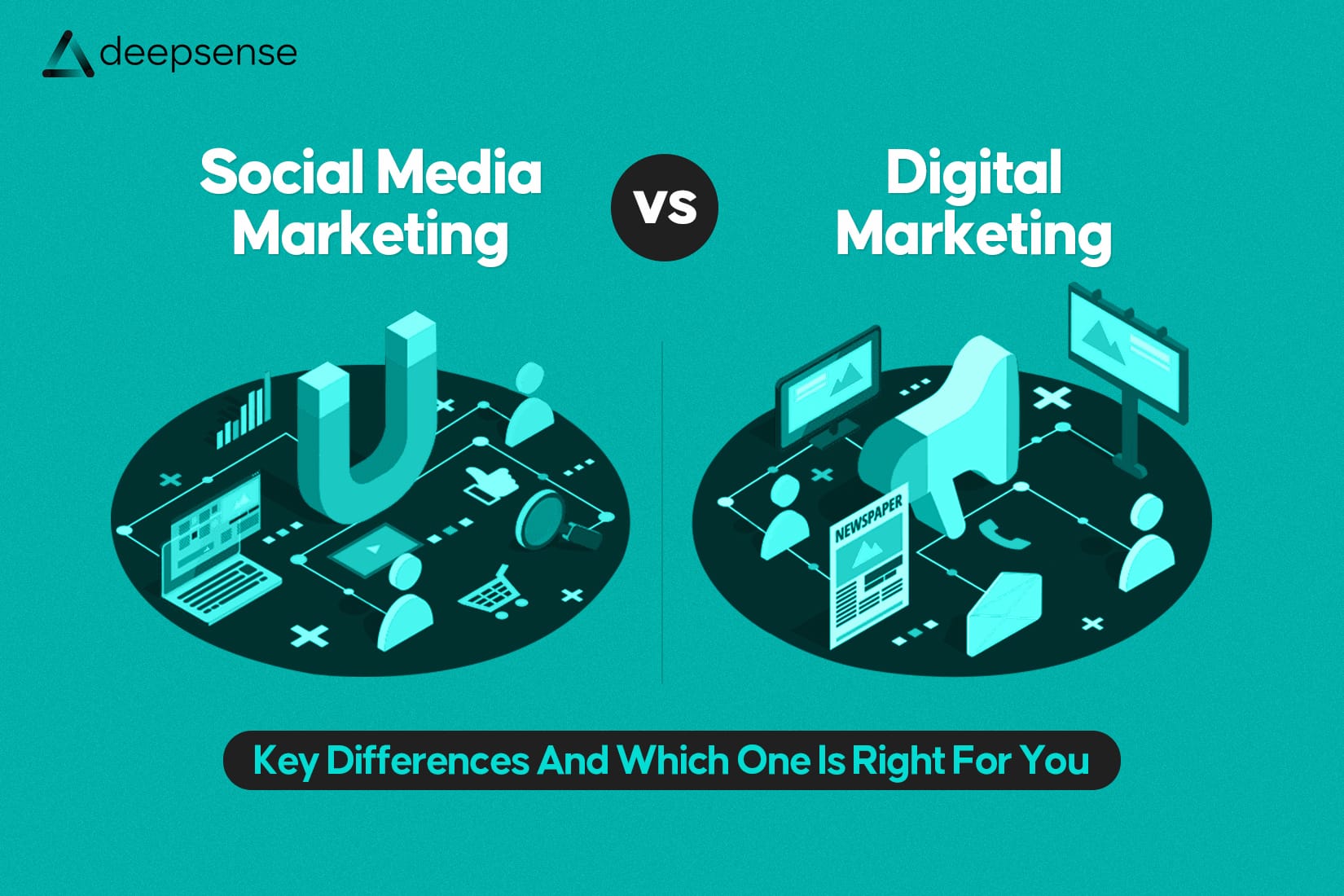Introduction
In the digital age, where immediacy and precision are paramount, users increasingly seek direct answers to their queries rather than sifting through extensive search results. This shift has paved the way for Answer Engine Optimization (AEO), a strategy that focuses on optimizing content to provide concise, authoritative answers directly within search results. As voice assistants and AI-driven platforms become more prevalent, understanding and implementing AEO is crucial for businesses aiming to enhance their online visibility and meet evolving user expectations.
What Is Answer Engine Optimization (AEO)?
Answer Engine Optimization(AEO) is the practice of structuring and optimizing content so that it can be easily interpreted and cited by AI-powered answer engines. Unlike traditional SEO services, which aims to improve rankings in search engine results pages (SERPs), AEO focuses on delivering precise answers directly in search results, aligning with the rise of voice searches and AI-powered tools like Google Assistant, Siri, and Alexa .
AEO involves creating content that directly addresses user queries, often in the form of featured snippets, knowledge panels, or voice assistant responses. This approach requires a deep understanding of user intent and the ability to present information in a clear, concise, and authoritative manner.
The Evolution: From SEO to AEO
While Search Engine Optimization (SEO) focuses on improving website visibility through keyword optimization, backlink building, and technical enhancements, AEO shifts the focus towards providing immediate, accurate answers to user queries. This evolution is driven by changes in user behavior and advancements in AI technologies.
Key Differences Between SEO and AEO
| Aspect | SEO | AEO |
| Objective | Improve website rankings in SERPs | Provide direct answers within search results |
| User Interaction | Users click through to websites | Users receive answers without clicking |
| Content Focus | Keyword-rich, comprehensive content | Concise, authoritative answers |
| Tools and Platforms | Search engines like Google and Bing | AI-powered platforms like voice assistants and chatbots |
The rise of AI-powered tools like ChatGPT, Perplexity, and Google’s Search Generative Experience (SGE) has further accelerated the shift towards AEO. These platforms prioritize delivering direct answers, making AEO an essential strategy for modern digital marketing .
Why (AEO) Matters in 2025
As of 2025, the digital landscape has seen significant changes that underscore the importance of AEO:
- Voice Search Dominance: A substantial number of users now utilize voice assistants using AEO for information retrieval, necessitating content that can be easily interpreted and vocalized by these platforms.
- AI-Powered Search: AI-driven platforms are increasingly providing synthesized answers, reducing the reliance on traditional search engines.
- User Behavior Shift: Users prefer quick, direct answers over navigating through multiple web pages, emphasizing the need for content that satisfies this demand.
These trends highlight the necessity for businesses to adapt their digital strategies, focusing on AEO to maintain and enhance their online presence.
Core Components of (AEO)
Implementing AEO effectively involves several key components:
1. Understanding User Intent
Grasping the specific needs and questions of your target audience is crucial. This involves analyzing search queries to determine whether users are seeking information, making a purchase, or looking for a specific website.
2. Structured Data Markup
Utilizing structured data (schema markup) helps search engines understand the content of your pages, increasing the likelihood of being featured in rich results like snippets and knowledge panels.
3. Concise and Clear Content
Content should be crafted to provide clear and concise answers to specific questions. This includes using bullet points, numbered lists, and direct language to facilitate quick comprehension.
4. Authority and Credibility
Establishing your website as a trustworthy source through quality content, backlinks, and expert authorship enhances the chances of your content being selected by answer engines.
5. Optimization for Voice Search
Considering the conversational nature of voice queries, content should be optimized to match natural language in AEO patterns, ensuring compatibility with voice assistants.
Implementing (AEO): A Step-by-Step Guide
To effectively implement AEO, consider the following steps:
Step 1: Identify Common User Questions
Research and compile a list of frequently asked questions related to your industry or niche. Tools like Google’s “People Also Ask” and keyword research platforms can aid in this process.
Step 2: Create Targeted Content
Develop content that directly answers the identified questions. Ensure that the answers are accurate, concise, and easily digestible.
Step 3: Apply Structured Data
Implement appropriate schema markup to help search engines understand the context and structure of your content.
Step 4: Optimize for Voice Search
Adapt your content to align with natural language queries, focusing on how people speak rather than type.
Step 5: Monitor and Adjust
Regularly analyze the performance of your content in answer engines, making necessary adjustments to improve visibility and accuracy.
The Role of E-E-A-T in AEO: Why Trust and Credibility Matter
As Answer Engines evolve to prioritize quality over quantity, integrating Google’s E-E-A-T framework: Experience, Expertise, Authoritativeness, and Trustworthiness, into your AEO strategy is no longer optional; it’s foundational.
Originally introduced as part of Google’s Search Quality Rater Guidelines, E-E-A-T helps search engines evaluate how credible, useful, and safe your content is for users. In the world of Answer Engine Optimization, where content is plucked to answer a query without a click, these signals become even more vital.
Breakdown of E-E-A-T and Its AEO Relevance:
| Element | Definition | Why It Matters for AEO |
| Experience | Demonstrated first-hand involvement in the topic. | Engines prioritize content that reflects real-world usage, reviews, or personal insights. |
| Expertise | Deep, topic-specific knowledge often tied to qualifications or skills. | Helps ensure the information is correct and reliable enough to be served as an answer. |
| Authoritativeness | Recognition by others in your field: backlinks, citations, or mentions. | Increases your chances of being selected for featured snippets and voice search results. |
| Trustworthiness | Integrity of your website, including data accuracy, transparency, and security. | Crucial for engines to feel confident in displaying your content without further context. |
Real-World Example:
Imagine a medical blog explaining “What is intermittent fasting?” If it’s authored by a certified nutritionist, includes structured FAQs, and links to peer-reviewed studies, it’s much more likely to be chosen by an answer engine like Google’s SGE or ChatGPT than a generic wellness blog with no credentials or sources.
How to Align Your Content with E-E-A-T for Better AEO:
- Add expert authorship to all content and include bio sections with credentials.
- Cite authoritative sources and link to trusted domains (e.g., government, academic, or peer-reviewed sites).
- Include original insights or first-hand experience (e.g., case studies, reviews, testimonials).
- Keep your site technically secure (HTTPS, privacy policy, accessible UX).
- Encourage third-party mentions (guest blogs, PR mentions, link building) to boost authority.
Deepsense: A Pioneer in Mastering AEO for Brands
At Deepsense, we don’t just follow digital trends, we shape them. As one of the early adopters of Answer Engine Optimization (AEO) in India, Deepsense has emerged as a pioneer in helping brands stay ahead in a landscape dominated by AI-driven search, voice assistants, and zero-click results. Our AEO strategies are designed to position your content where it matters most, at the top of answer engines like Google’s SGE, Bing AI, ChatGPT, and Alexa.
From optimizing structured data and crafting schema-rich FAQs to enhancing E-E-A-T signals and content precision, Deepsense empowers brands to be the first and best answer every time a question is asked. With a data-backed, future-facing approach, we don’t just improve visibility, we deliver authority, trust, and conversions.
When the world searches for answers, we make sure they find you.
AEO and the Future of Digital Marketing
As AI continues to evolve, the importance of AEO in digital marketing strategies will only increase. Businesses that prioritize providing direct, authoritative answers will be better positioned to meet user expectations and maintain a competitive edge.
Answer Engine Optimization represents a significant shift in how content is created and presented online. By focusing on delivering precise answers to user queries, businesses can enhance their visibility in an increasingly AI-driven digital landscape.
FAQs
1. What is AEO (Answer Engine Optimization)?
Answer Engine Optimization (AEO) is the process of optimizing your content so that it can be selected and served directly as an answer by AI-powered answer engines like Google’s Search Generative Experience (SGE), ChatGPT, Bing AI, Siri, or Alexa. Unlike traditional SEO, which focuses on ranking higher in search results, AEO aims to make your content the final answer, often eliminating the need for users to click on a website.
2. How do you optimize for AEO?
To optimize for AEO, follow these key steps:
- Answer queries directly and clearly (use conversational tone and structured formats).
- Use FAQ schema markup to help engines identify question-answer pairs.
- Improve your content’s E-E-A-T (Experience, Expertise, Authoritativeness, Trustworthiness).
- Create concise, well-formatted answers (paragraphs, bullet points, tables).
- Ensure mobile and voice search friendliness.
- Add structured data like How-To, Product, and Review schemas.
- Focus on topical authority and cover a subject in-depth.
3. What is the full form of AEO on the website?
On a website, AEO stands for Answer Engine Optimization. It refers to the strategic and technical methods used to optimize website content so that it appears directly as an answer on AI-driven platforms, reducing dependency on traditional link-based search engine results.
4. What is Search Engine Optimization (SEO)?
Search Engine Optimization (SEO) is the practice of improving a website’s visibility in organic search engine results, primarily on platforms like Google or Bing. It involves optimizing web content, metadata, backlinks, site structure, speed, and mobile usability to rank higher on Search Engine Results Pages (SERPs) and attract more traffic.
5. What does AEO stand for?
AEO stands for Answer Engine Optimization. It is an evolution of SEO tailored for the modern era of AI-powered and voice-based search, where engines serve direct answers to user queries rather than a list of clickable links.
6. What is AEO vs. SEO?
| Feature | SEO (Search Engine Optimization) | AEO (Answer Engine Optimization) |
| Goal | Improve website ranking on search results pages | Get selected as a direct answer by AI-powered answer engines |
| User Behavior | User scans and clicks on links | User gets a direct answer, often without clicking |
| Platforms | Google, Bing (traditional search) | Google SGE, ChatGPT, Bing AI, Siri, Alexa (AI/Voice search) |
| Optimization Focus | Keywords, backlinks, page speed, content length | Structured data, intent matching, concise answers, E-E-A-T |
| Output | List of websites in SERPs | A single, direct answer shown or read aloud |
In short: SEO gets you listed. AEO gets you chosen.
7. What does an AEO do?
An AEO specialist or strategy helps a brand:
- Analyze question-based user intent
- Create and format answer-rich content
- Add schema markup and structured data
- Ensure trust and credibility through E-E-A-T
- Monitor visibility across AI-driven platforms
The goal is to increase the chances of your content being directly served as an authoritative answer by voice assistants, AI engines, and featured snippets.
8. What is AEO in AI?
In the context of AI, AEO refers to the optimization of content for AI-powered answer engines, such as ChatGPT, Google Bard, Bing AI, and virtual assistants. These systems use natural language processing (NLP) and machine learning to understand queries and deliver the most accurate answer, often without linking out to other sites. AEO ensures your content is machine-readable, intent-aligned, and contextually reliable, so AI platforms choose it as the best answer.











